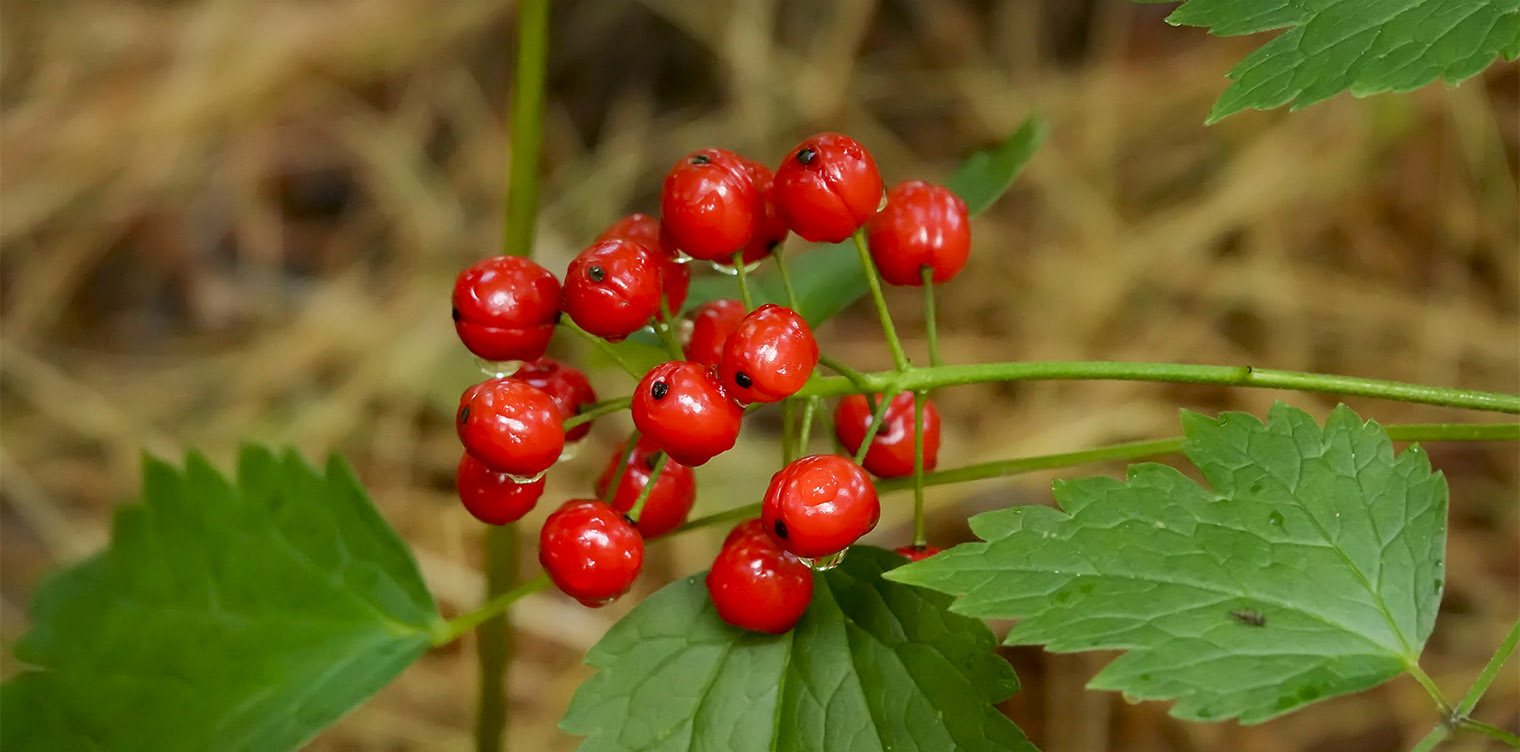
Red baneberry, scientifically known as Actaea rubra, is a captivating perennial plant that thrives in the woodlands and moist areas of North America. This striking plant is renowned for its vibrant red berries and delicate white flowers, making it a standout feature in its natural habitat. Despite its enchanting appearance, it's essential to recognize that red baneberry holds a toxic nature, with its berries being particularly hazardous if ingested. Understanding the unique characteristics and potential risks associated with red baneberry is crucial for anyone encountering this plant in the wild or considering its cultivation in a garden setting. In this article, we will delve into 11 fascinating facts about red baneberry, shedding light on its distinctive traits, ecological significance, and precautions necessary for safe interaction. Whether you're a nature enthusiast, a gardening aficionado, or simply intrigued by the wonders of the natural world, exploring the allure and complexities of red baneberry promises to be an enlightening journey.
Key Takeaways:
- Red baneberry, a native North American plant, has toxic berries but attracts birds and has medicinal uses in traditional herbal medicine. It adds beauty and biodiversity to forest ecosystems.
- With its vibrant foliage and toxic berries, red baneberry is a sought-after addition to native gardens, contributing to the intricate web of life within North American woodlands.
Red Baneberry is Native to North America
This vibrant plant is indigenous to the woodlands of North America, where it thrives in moist and shady environments.
Its Berries are Toxic
The bright red berries of the red baneberry contain toxic compounds, making them inedible for humans and many animals.
Red Baneberry is a Perennial Herb
As a perennial herb, red baneberry returns year after year, adding a splash of color to its natural habitat.
It Boasts Striking Foliage
The plant's distinctive foliage features deeply lobed leaves and vibrant red or white berries, adding visual interest to woodland landscapes.
Red Baneberry is a Member of the Buttercup Family
Belonging to the Ranunculaceae family, red baneberry is related to other well-known plants such as buttercups and delphiniums.
It Attracts Birds
Despite its toxic berries, red baneberry is a favorite among birds, which aid in seed dispersal by consuming the fruit and spreading the seeds.
The Plant Has Medicinal Uses
In traditional herbal medicine, certain parts of the red baneberry plant were used to address various ailments, although caution is advised due to its toxicity.
Red Baneberry Plays a Role in Folklore
Throughout history, red baneberry has been associated with folklore and superstitions, with some cultures believing it possesses mystical properties.
It Requires Adequate Moisture
Red baneberry thrives in moist soil and is commonly found in woodland areas, particularly along streams and in damp, shaded locations.
The Plant is a Valuable Addition to Native Gardens
Due to its attractive appearance and ecological benefits, red baneberry is a sought-after plant for native garden landscapes.
Red Baneberry is an Important Component of Forest Ecosystems
This plant plays a crucial role in forest ecosystems, contributing to biodiversity and providing habitat and food sources for various wildlife species.
Red baneberry, with its toxic yet visually striking berries, holds a significant place in the natural world. Its presence in North American woodlands not only adds to the beauty of these ecosystems but also contributes to the intricate web of life within them. Whether admired from a distance or studied up close, the red baneberry serves as a reminder of the complexities and wonders of the plant kingdom.
Conclusion
In conclusion, the red baneberry is a fascinating and enigmatic plant that captivates with its vibrant appearance and intriguing properties. From its striking red berries to its historical uses in traditional medicine, this plant has a rich and complex story to tell. Whether admired for its ornamental value or studied for its ecological role, the red baneberry stands as a testament to the wonders of the natural world. Its toxic nature serves as a cautionary reminder of the complexities of the plant kingdom and the importance of understanding and respecting the flora that surrounds us. As we continue to explore and appreciate the diverse array of plants on our planet, the red baneberry remains a compelling and thought-provoking subject of study.
FAQs
What are the uses of red baneberry in traditional medicine?Red baneberry has been historically used in traditional medicine by indigenous cultures for various purposes, including treating ailments such as headaches and rheumatism. However, it's important to note that the plant is highly toxic and should not be used without expert guidance.
Is red baneberry safe for consumption by humans or animals?No, red baneberry is extremely toxic and should never be consumed by humans or animals. Ingesting any part of the plant, especially the berries, can lead to severe health complications and even prove fatal. It is crucial to exercise caution and avoid contact with this toxic plant.
Was this page helpful?
Our commitment to delivering trustworthy and engaging content is at the heart of what we do. Each fact on our site is contributed by real users like you, bringing a wealth of diverse insights and information. To ensure the highest standards of accuracy and reliability, our dedicated editors meticulously review each submission. This process guarantees that the facts we share are not only fascinating but also credible. Trust in our commitment to quality and authenticity as you explore and learn with us.
